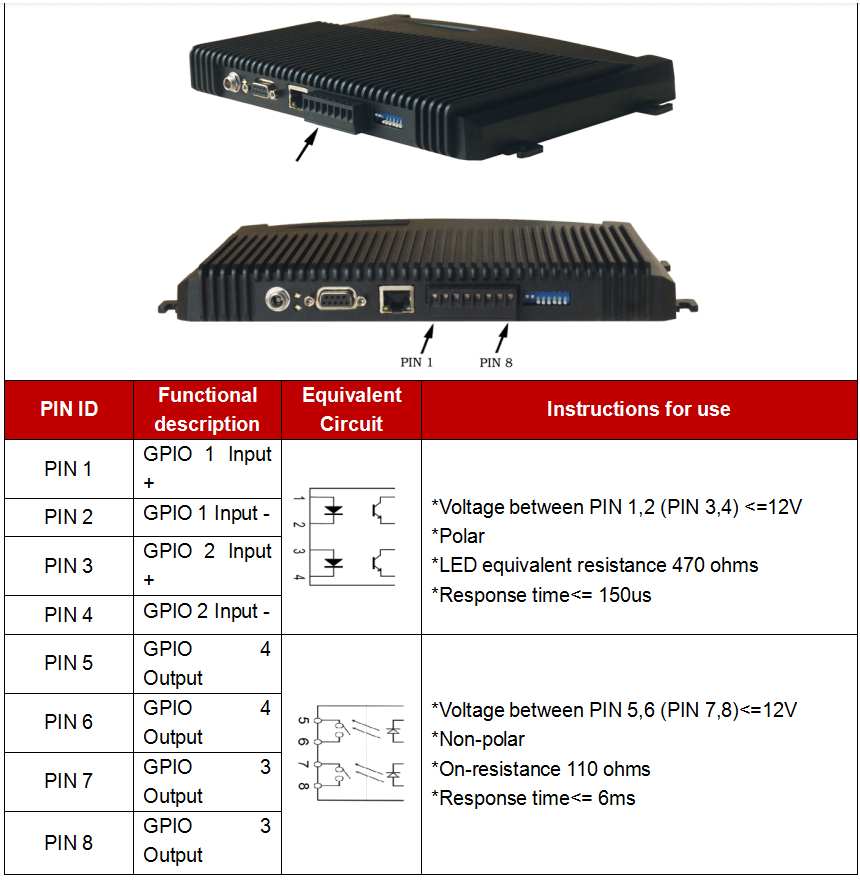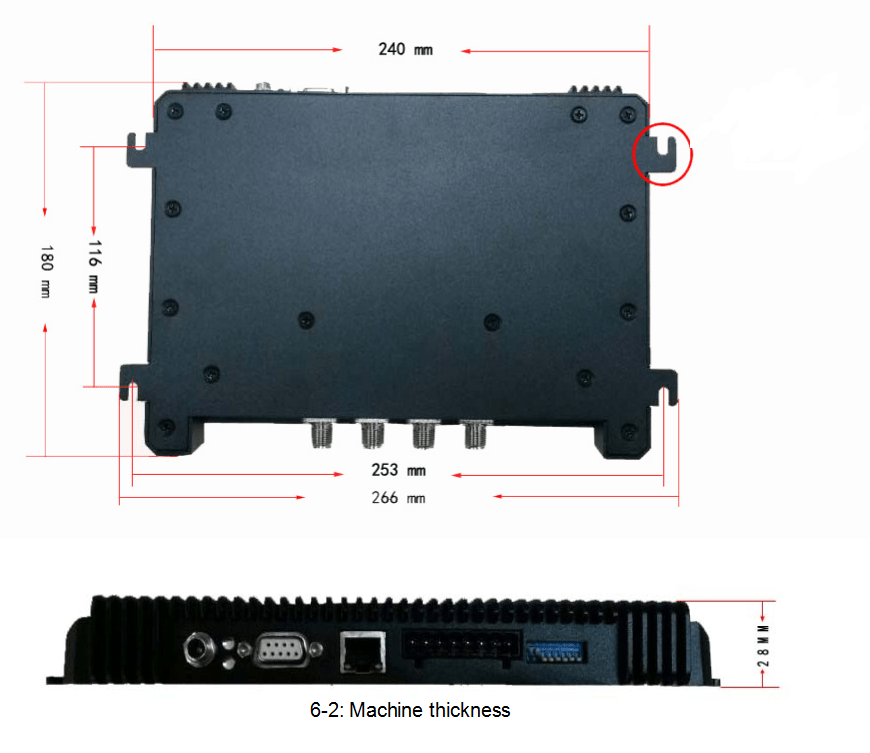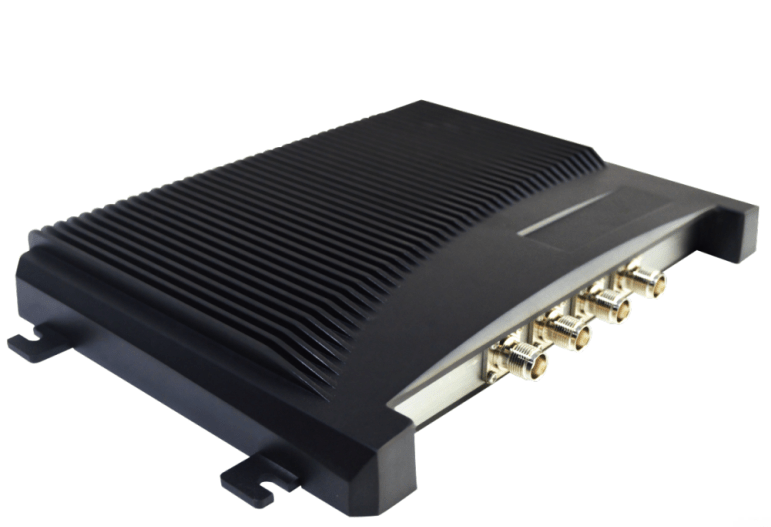
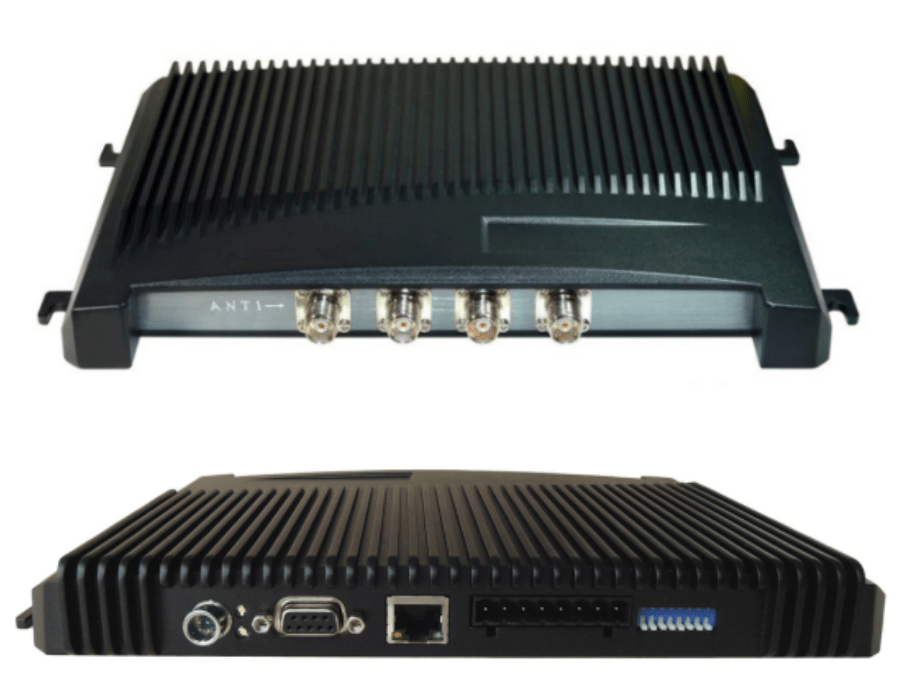
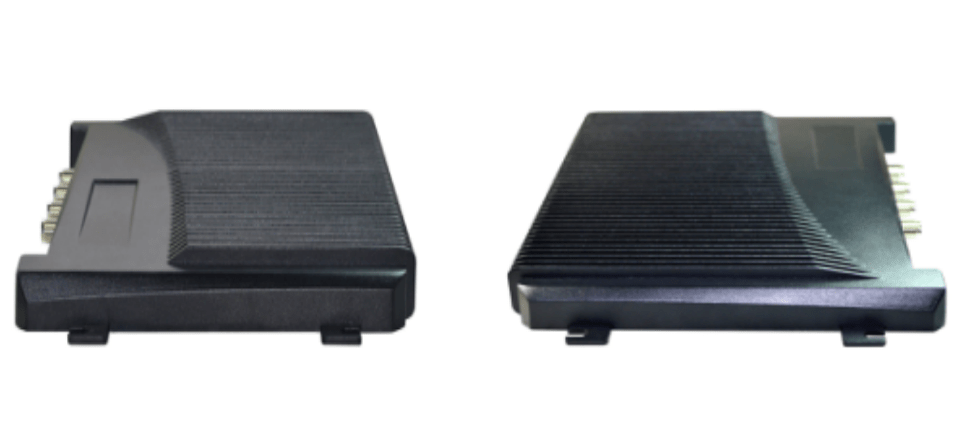
| Characteristic | Description |
| RFID Chip: Impinj R2000 | The RF channel is based on a dedicated Impinj UHF RFID chip with excellent performance. |
| High performance multi-tag recognition algorithm | The unique I-Search multi-tag recognition algorithm provides the highest recognition efficiency in the industry. |
| Algorithm optimized for reading a small number of tags | *An algorithm designed for the applications that read a small number of tags. *Ultra-high response speed of reading tag. |
| Dual CPU architecture design | *The main CPU is responsible for polling the tags and the sub CPU is responsible for data management. To poll tag and send data are in parallel, and do not occupy each other's time. Greatly improved overall performance. *The secondary CPU is responsible for generating real random numbers and monitoring the operating status of the system.。 |
| Fast 4-antenna polling function | *High-speed polling of 4 antennas. The shortest polling time per antenna is approximately 25ms. *The polling time of each antenna can be configured separately. |
| Two tag inventory modes | *Cache mode and real-time mode. *After the cache mode reads the tag, it is placed in the cache and filtered for duplicate data. The data is not redundant. * Real-time mode uploads immediately after reading the tag, and the user can get the tag data in the first time. |
| Hardware crash monitoring | *The hardware monitors the CPU operating status. *24 hours × 365 days of normal operation does not crash. |
| RF amplifier status monitoring | *Monitor the operating status of the RF power amplifier. *Make sure the amplifier is not saturated. Ensure that the amplifier will work stably for a long time. |
| Realize 18000-6B/C full protocol function | It can quickly switch between 18000-6B/C dual protocols to realize simultaneous reading of dual protocol labels. |
| 18000-6B big data one-time read and write | *time for reading 216 bytes<500ms。 *time for writeing 216 bytes < 3.5s。 *Read and write any data length at one time |
| Antenna connection status monitoring | *Determine the antenna connection status. *The receiver can be protected. *Can be closed by command. |
| Multi-point onboard temperature sensor | Multi-point monitoring to accurately monitor the operating temperature of the system. |
| Dual backup output power correction | *Ensure that the RF output power is accurately and controllable. *Two power verification modules that are backed up from each other. The system will operate normally unless it is damaged at the same time. |
| Outstanding heat dissipation design | *Large area of heat sink contact surface. *The thermally coupled interface uses a solid material with high thermal conductivity and does not volatilize at high temperatures. |
| Size | 230mm(L) x 160mm(W) x 28mm(H) |
| Weight | 1.8 Kg |
| Body material | Die-cast aluminum alloy |
| Input voltage | DC 12V ~ 18V |
| Standby current | <70mA |
| Sleep state current | <100uA |
| Maximum operating current | 600mA +/-5% @ DC 12V Input |
| Operating temperature | - 20 °C ~ + 55 °C |
| Storage temperature | - 20 °C ~ + 85 °C |
| Operating humidity | < 95% ( + 25 °C) |
| Interface protocol | EPC global UHF Class 1 Gen 2 / ISO 18000-6C / ISO 18000-6B |
| Working frequency range | 860MHz – 960MHz |
| Support area | US, Canada and other regions following U.S. FCC Europe and other regions following ETSI EN 302 208 Mainland China, Taiwan, Japan, Korea, Malaysia |
| Output Power | 0 – 33dBm |
| Output RF connector | TNC/RP-TNC |
| Output power accuracy | +/- 1dB |
| Output power flatness | +/- 0.2dB |
| Receiving sensitivity | < -85 dBm |
| Inventory tag peak speed | >700 pcs/second |
| Tag buffer | 1000pcs tag @ 96 bit EPC |
| Tag RSSI | support |
| Antenna connection protection | support |
| Ambient temperature monitoring | support |
| Operating mode | Stand-alone / intensive |
| Communication Interface | RS-232 or TCP/IP |
| GPIO | 2 input optical coupling 2 output optical coupling |
| Highest communication baud rate | 115200 bps |
| Heat dissipation method | Air cooling |

| Algorithm name | Algorithm description | |
| Standard fixed Q anti-collision algorithm | *The standard algorithm of the 18000-6C protocol. *Performance is significantly reduced when the number of tags is large. *When the number of labels is small, it is not efficient. |
|
| Impinj Dynamic Q anti-collision algorithm | *American IMPINJ company's algorithm *Good efficiency when the number of labels is large or small. *A portion of the performance was sacrificed for compatibility. |
|
| I – Search Dynamic Q Anti-Collision Algorithm V1.0 | *Based on the dynamic Q algorithm of the American IMPINJ company. *After optimization, the performance is slightly improved. *This algorithm is used in firmware versions 6.6 and below. |
|
| I – Search Dynamic Q Anti-Collision Algorithm V2.0 | *Based on the dynamic Q algorithm of the American IMPINJ company. *The new data model has greatly improved performance; this algorithm is used in firmware versions 6.7 and above. *The difference from the traditional algorithm can be clearly felt; the performance difference is more obvious when the number of tags is large. |
